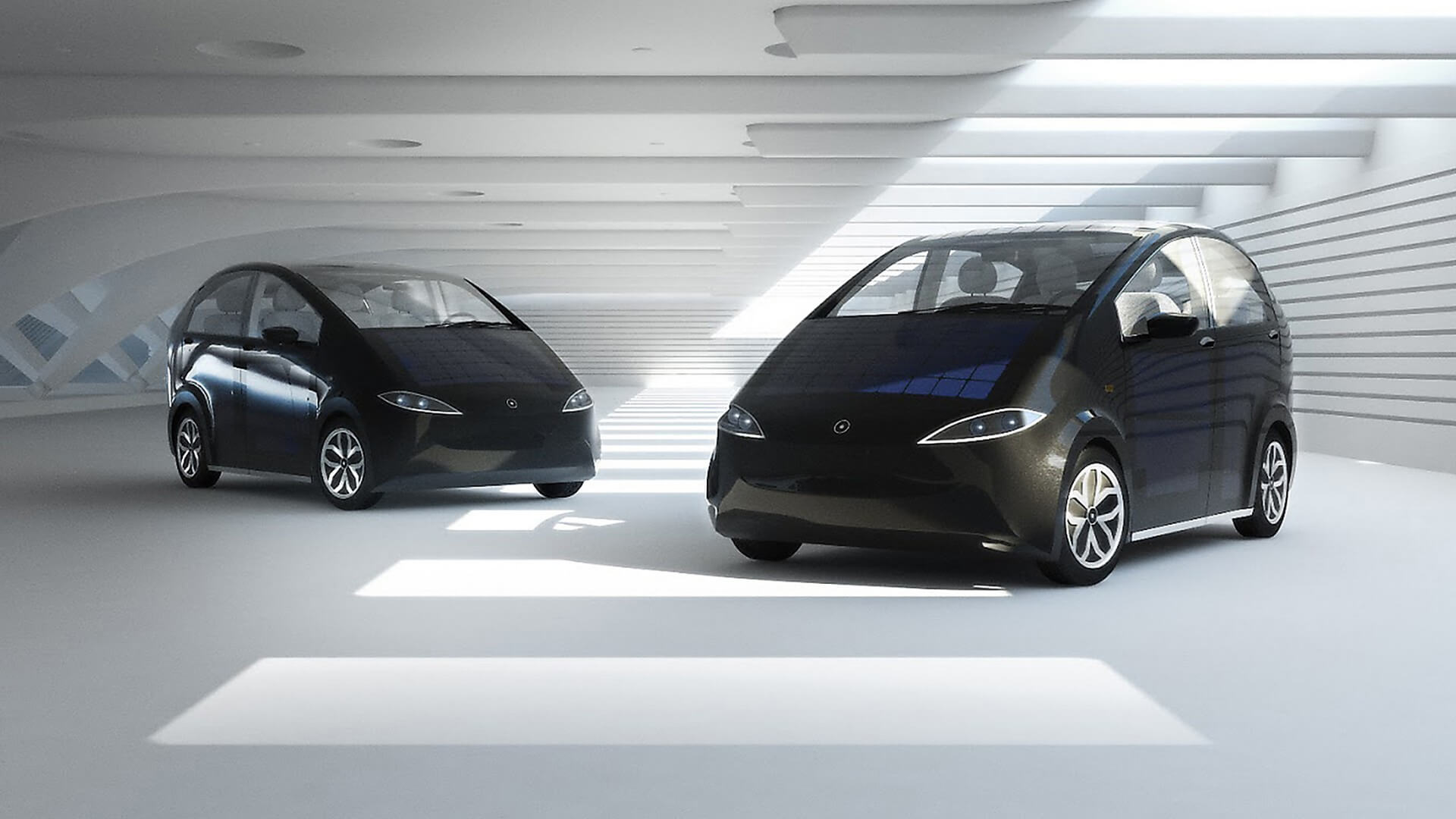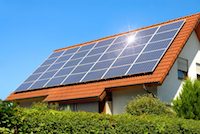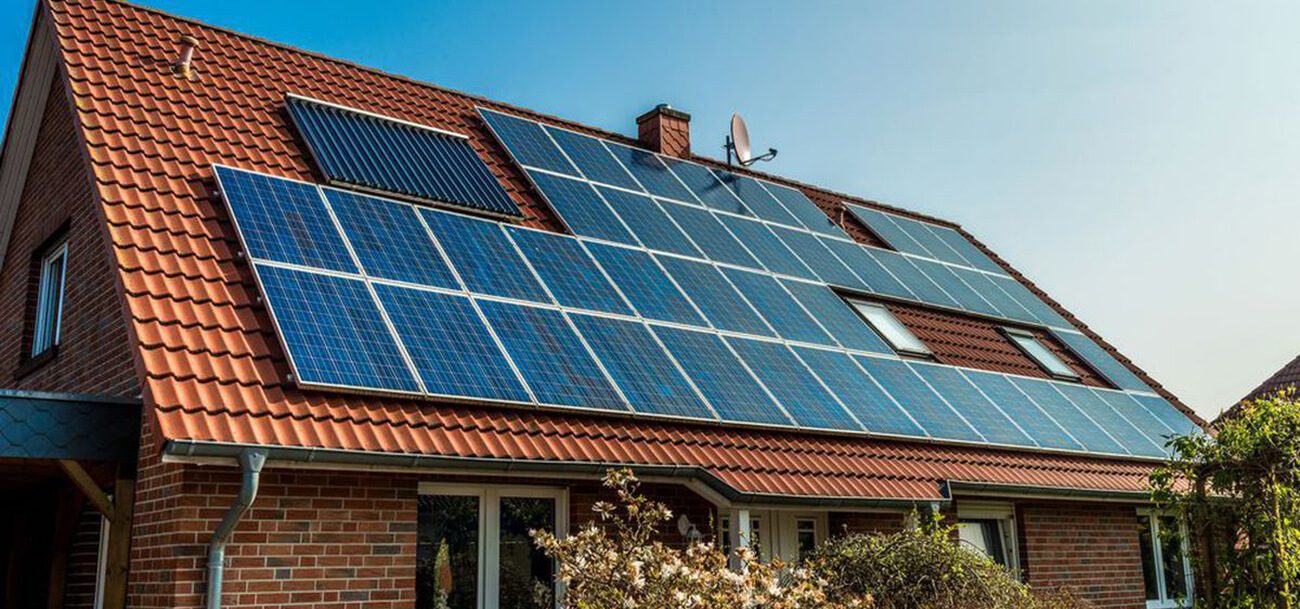
How Much Do Solar Panels Cost For a Home
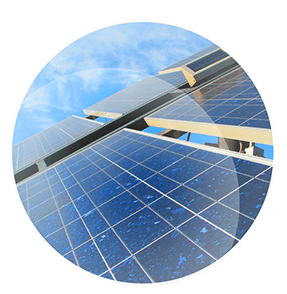

Everyone considering a home solar installation takes quite some time considering the cost aspect of the project. This is important because it touches on direct factors such as government financing, return on investment (ROI) and level of initial investment. This post brings into light solar installation cost variables alongside the approximate cost of this investment. As you read this, remember that the exact cost of the installation depends on the exact location and power usage in your home.
Reasons the Prices Vary
Solar energy systems rarely resemble each other. In most cases, the cost of your solar panel installation will depend on three things: financing option, installer, and system components. It is upon you to find the best combination of these variables to make your system more affordable.
Just like shopping for a vehicle, shopping for solar panels and other equipment presents a wide range of options. There are low cost panels as well as premium solar panels. Your choice will affect how much solar panels cost and system’s performance.
When it comes to installation companies, there might be tens or even hundreds of them in your area. Whether you prefer a locally based company or a national one will depend on the distinct advantages you are after. Leases and PPAs are best sourced from national-scale companies. For the best personalized service, consider hiring a local installer.
Financing options have different impacts on solar savings over the common 20-year period. What options do you have? You can use your own cash, sign a power purchase agreement (PPA) or get a solar loan. A solar calculator can help you see the installation cost and potential savings from each of these options. Regardless of the installer, type of equipment or financing option you take, it is advisable to compare as many offers as possible.
Now, let us review the simple steps of sizing a home solar system.
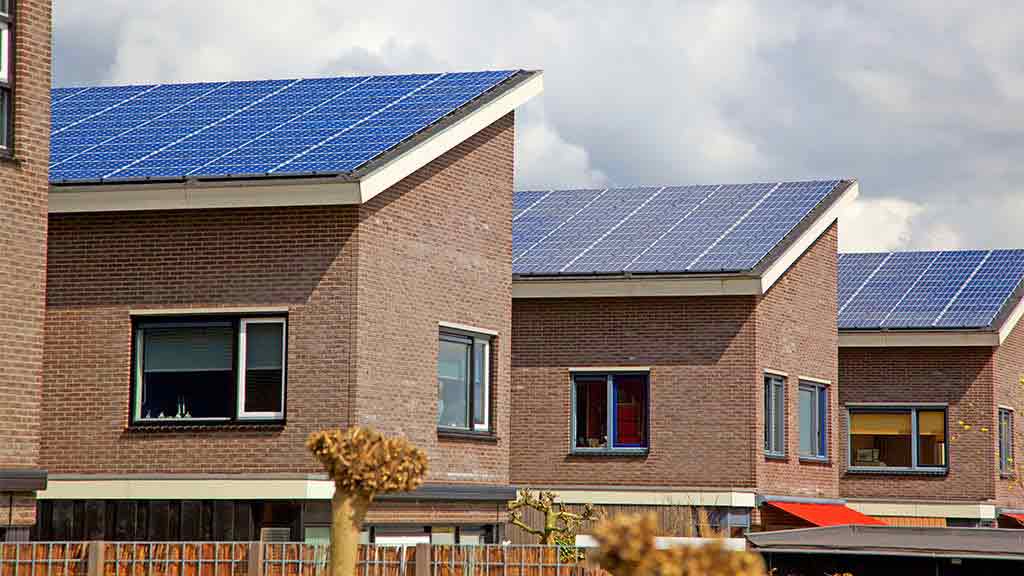
Sizing the System
During sizing, the installer looks at all the components of the system- solar array, charge controller, battery bank, inverter and loads. There is also balance of system, which is a term used to refer to components used for safety and interconnections in the system. Examples are switches, fuses, combiner box, meters and circuit breakers.
The five basic steps of sizing are:
-
- Calculating home energy demand
-
- Optimizing the energy demands
-
- Sizing the battery bank
-
- Determining the daily sun hours
-
- Sizing the array
Sizing the other components-inverter, charge controller
Here are a few explanations related to this procedure.
Energy Consumption
The first step of sizing the system goes a long way in helping you determine how much solar panels cost. How do the installers know how much power your home is using? It is simple. Locate your recent electricity bill and use the figures therein to do the following calculations.
-
- Take the monthly bill
-
- Divide the figure by $0.13 (the average electricity rate in the United States). This gives kilowatt-hours (kWh) usage per month
Multiply the result by 12
This will give you the estimated annual electricity consumption
Allowance for Future Fluctuations
Commercial and retail energy rates have increased consistently since 1999. You can expect this trend to continue for as long as cost of hydropower and coal continues to rise. As the solar installer estimates how much solar panels cost, he considers any possible future fluctuations.
Amount of Sunlight
The amount of solar power in a particular area is referred to as solar irradiance. Since this measurement varies throughout the year. Solar companies have irradiance calculators that use data collated over several decades. With this data, the installers are able to determine system generation in any particular month.
Conclusion
While solar panel prices have decreased significantly over the past decade, there is still reason to compare offers. Do not forget there are other expenses for inverter, racking, labor, electrical component among others. The most important thing is to have the system sized properly so you can have a clear picture of all these costs. Read more about our solar power technology solutions on this page.



